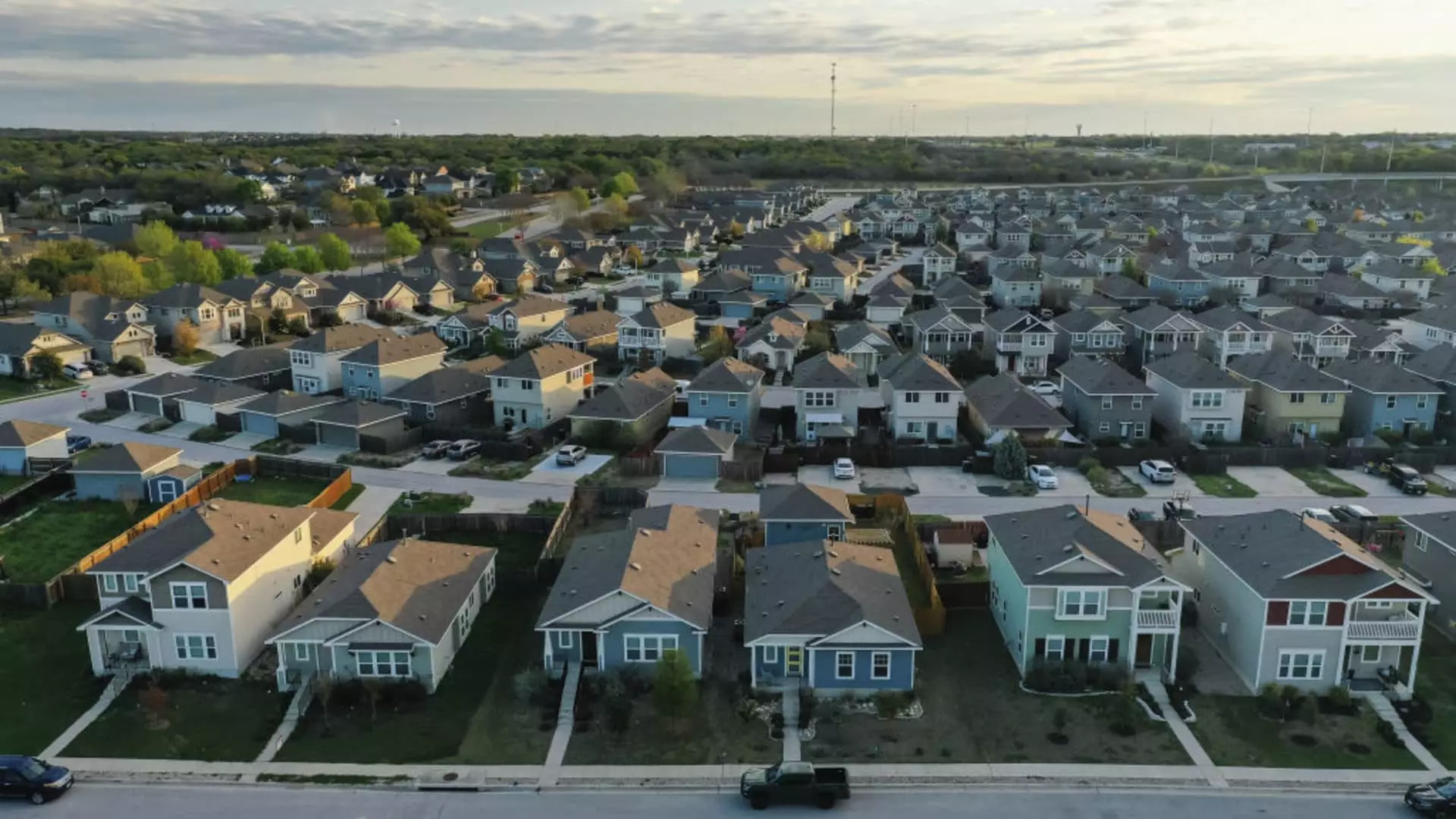Recent data from the Mortgage Bankers Association highlights a notable uptick in mortgage demand, reversing previous stagnation despite rising mortgage rates. In the week following a period of flatlining requests, total mortgage application volume saw a 1.7% increase. This subtle resurgence suggests a burgeoning resilience among buyers, navigating a landscape affected by fluctuating interest rates.
Statistics reveal that the average interest rate for a 30-year fixed-rate mortgage rose to 6.90%, up from 6.86%. While this trajectory signals higher borrowing costs, it has not deterred prospective buyers from seeking loans. Notably, the increase in application volume demonstrates a willingness among consumers to enter a market where conventional financing options are more favorable. The points associated with these loans also increased, reflecting a broader complication in the pricing of mortgage products.
The growth in purchase mortgage applications, up by 2% from the prior week but down 1% year-on-year, largely stems from market dynamics that may benefit buyers. The market has seen some loosening in for-sale inventory, allowing buyers a wider selection at a time when Federal Housing Administration (FHA) loans have become slightly more accessible. With a remarkable 7% rise in FHA purchase applications, the appeal of first-time homebuyer programs stands out amidst a landscape of increasing rates.
This dual influence of expanded inventory and lower FHA rates positions homebuyers to capitalize on opportunities that were previously diminished by rising costs and tight supply. Joel Kan, an economist with the MBA, noted these shifting factors as instrumental in influencing buyer behavior, suggesting that adaptive strategies are becoming essential in a competitive housing market.
Additionally, the refinancing segment of the market remains robust, with applications increasing by 2% week-over-week. More strikingly, this area has witnessed a 43% surge compared to the same period last year. This heightening of demand can largely be attributed to a significant rise in Veteran Affairs (VA) loan applications, which jumped by 10%. As interest rates fluctuate, homeowners seem eager to reassess their financial positions, seeking out more favorable terms that can enhance their long-term investment.
The analysis of the mortgage market also reveals interesting movements in response to global events. Current geopolitical shifts, especially pertaining to the U.S. and ongoing conflicts, have had a pronounced impact on market sentiments and bond yields, driving shifts in mortgage rates. The fluctuations are often informed by broader economic indicators, leaving traditional homebuyers to interpret these markers amidst an evolving economic narrative.
The rise in mortgage demand despite increasing rates signifies a complex interplay between buyer psychology and market conditions. As the landscape evolves, homebuyers and investors alike will need to adapt to these economic undercurrents. With opportunities arise from changing conditions, a proactive approach to financing—whether through purchasing or refinancing—may prove vital for navigating the uncertainties that lie ahead in the real estate market. Understanding these dynamics may serve homeowners and potential buyers well as they chart their paths forward in an ever-evolving environment.

Leave a Reply